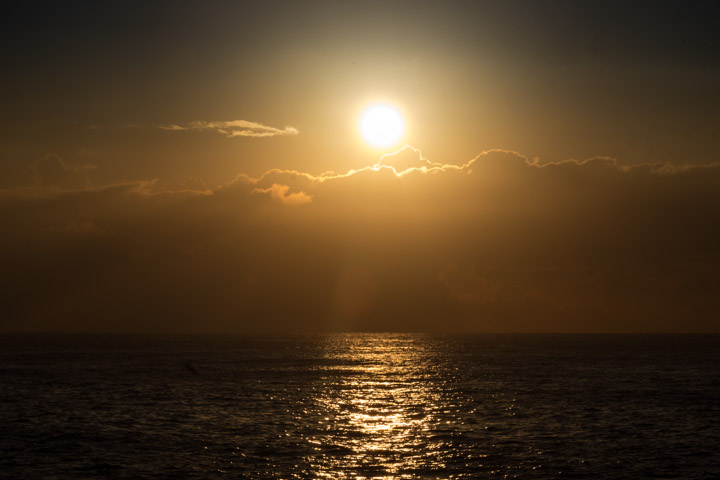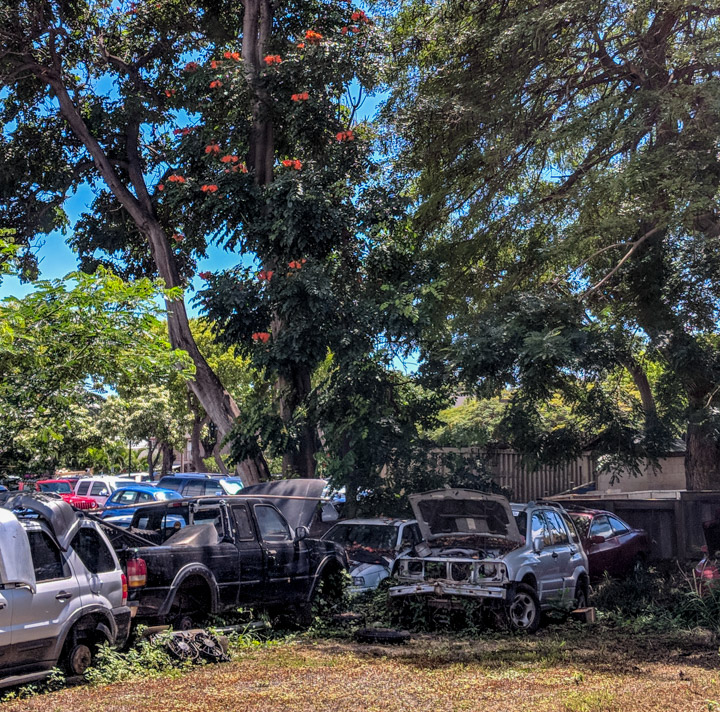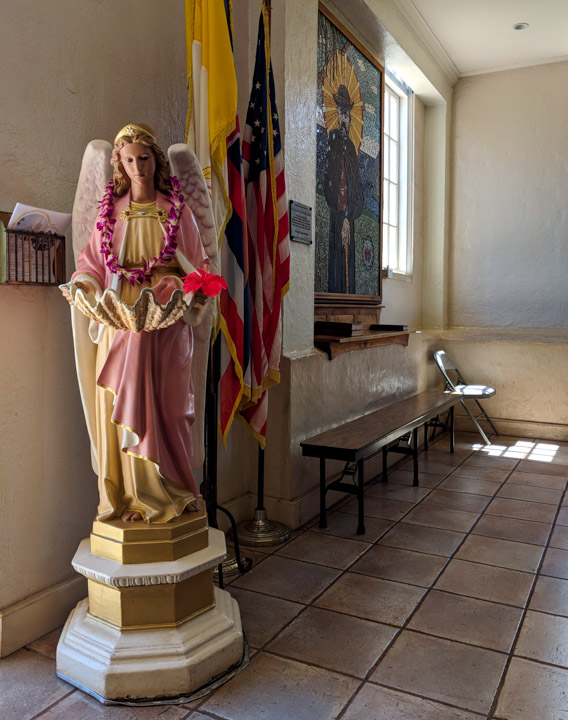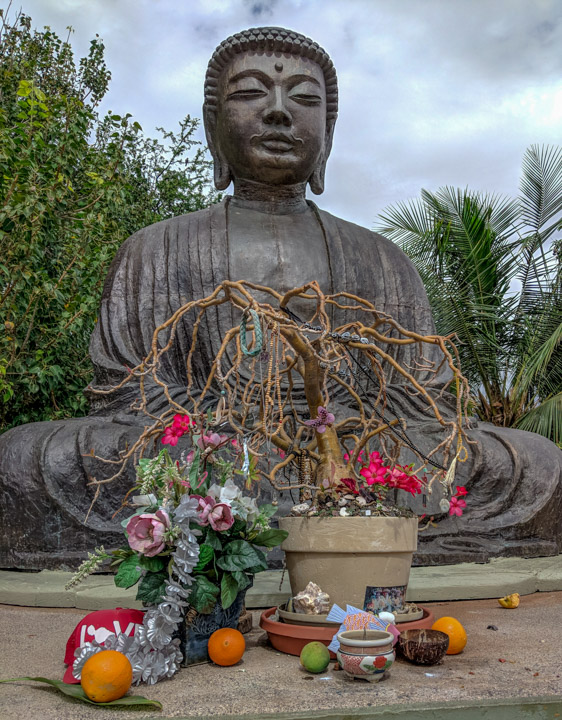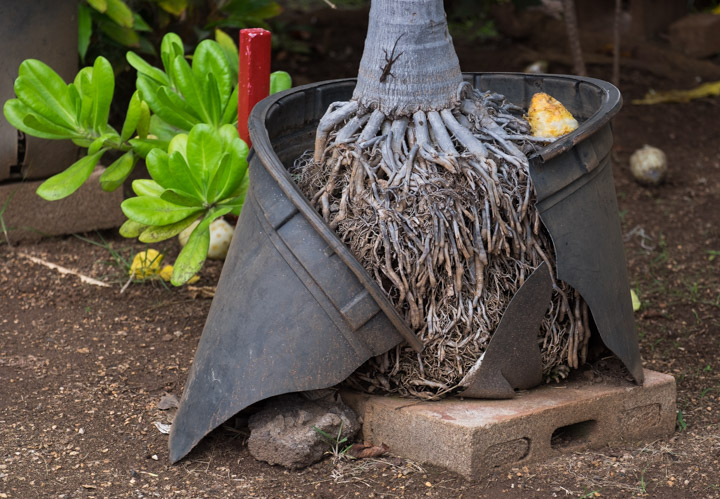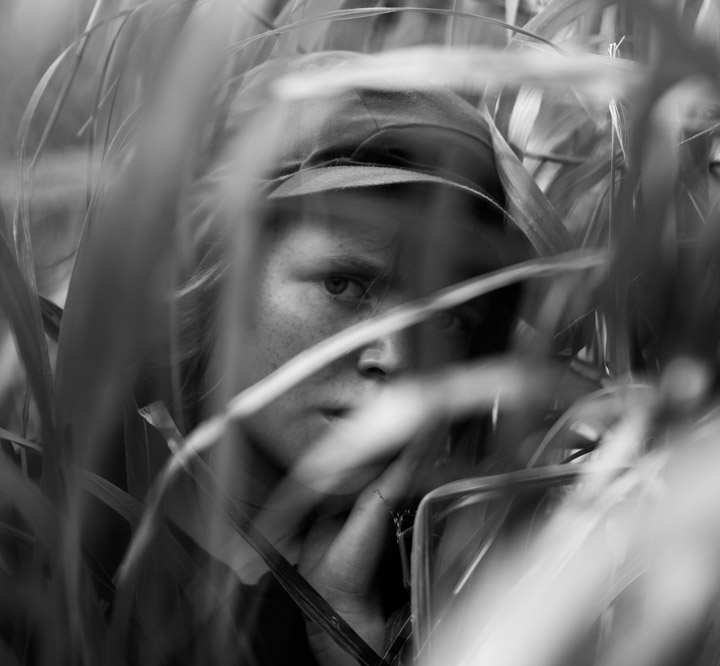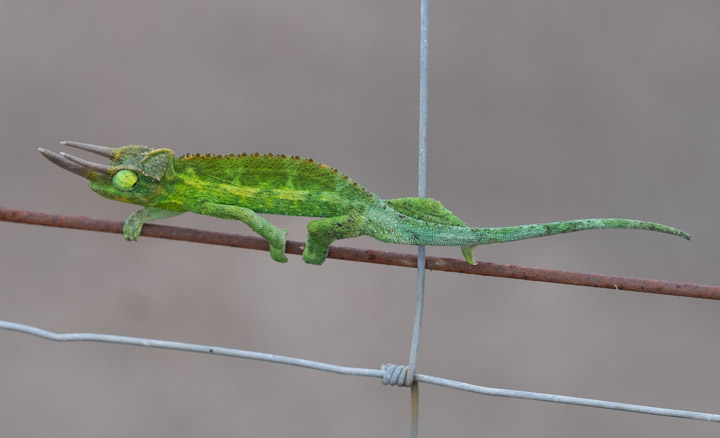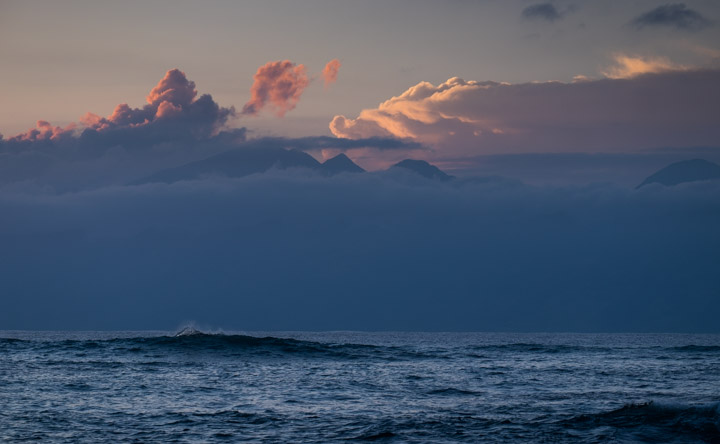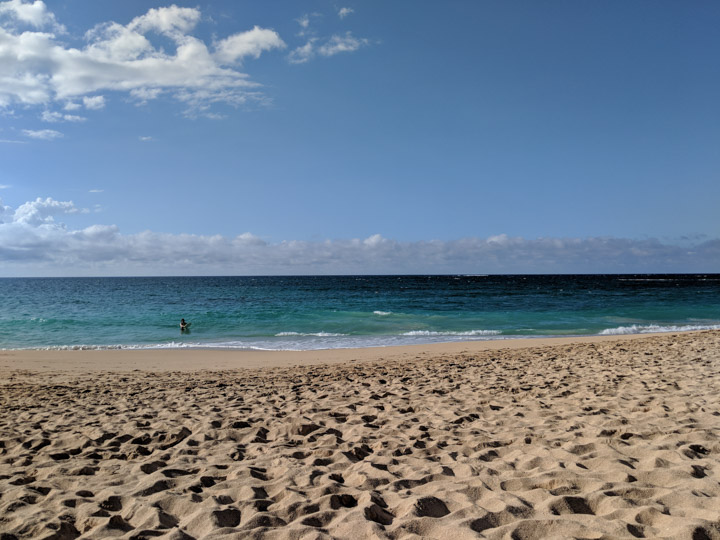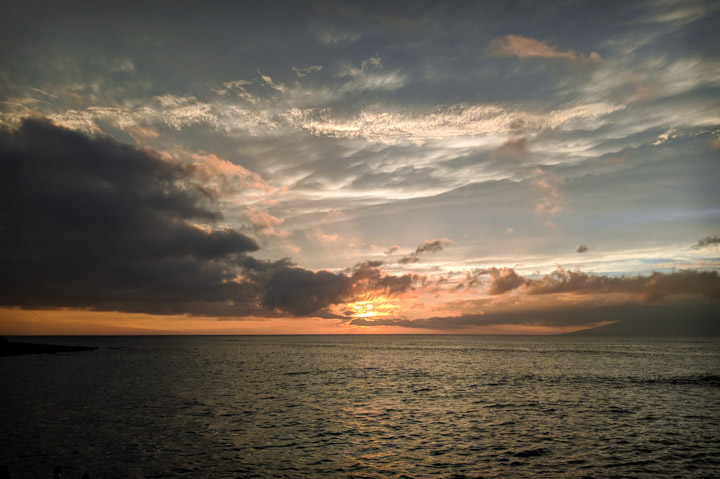
We just got back from a week in Maui; obviously, I took a lot of pictures. I think my choice of tools and techniques is pretty mainstream, so when I suddenly change them I wonder if I’m part of a news story. As of this trip, I treat my camera (Fuji X-T1) and phone (Pixel 2) as peers, and which one I reach for depends on what kind of picture I want to take. And almost always, there’s big glass on the Fuji (the Samyang 135mm F2 or Fuji’s own excellent 55-200 zoom). I’m wondering if “normal” lenses on “real” cameras have a future. By way of evidence I offer ten pictures of Maui, five each from the Pixel and from the “real” camera.
Here’s the thing: The Pixel 2 isn’t just a great mobile-phone cam, it’s a really freaking great camera. Like all modestly-sized great cameras, it can’t do everything so it has to be opinionated. It wants you to shoot what’s in front of you — all of what’s in front of you — more or less as you see it, and while it can fake shallow focus, it’d rather make everything in the picture sharp.
Pictures that you discover tend to work well with that approach. Those you consciously envision and compose, maybe not so much.
The Fuji, wearing a long lens, wants you to zero in on a small rectangular fragment of what you see, and makes it easy to blur away the foreground and background so you isolate not just that rectangle but some still smaller fragment of reality that you think is the “subject” of your photo.
When you think Maui you think beaches and sunsets:
· · ·
These are both from Napili, up at the top left corner of Maui.
Obviously the first is the Pixel capturing the whole sky, while the second is the Fuji zoom at 115mm zeroing in on the local helium furnace. The effect with the long lens leaks a little ugly into the beauty, but in a way I like. After all, our lives depend fragile-ly on a big hot dangerous nuclear reaction, and this is a picture of that.
If you’re willing to carry around a behemoth like one of the big Nikons, it can do everything I’m talking about and more, and with more pixels too if that’s a thing that turns your crank. I’m just flatly unwilling to carry the weight of those bodies and (especially) of the full-frame long lenses. I insist that I like opinionated cameras, but maybe I’m just lazy.
Also, the best camera is the one you have with you.
Objects that have been carefully designed for visual appeal to humans are right in the Pixel’s sweet spot; after all, it’s optimized for capturing what you saw. Such objects notably include those intended for religious veneration.
· · ·
Above, the Blessed Virgin Mary. Below, Amitābha. Both photographed with the Pixel 2 in Lahaina. Both required a little post-processing to reach their potential; the kind of thing that would have outside the reach of the files produced by any previous mobile cam.
Sometimes, purely for practical reasons, you want to shoot something you can’t get near; big glass is about the only way.
Exploding rootball, with lizard (also Lahaina).
But let’s be honest, sometimes you don’t want What You Get to be What You Saw:
· · ·
Both shots consciously work with a long bright lens to select subject from non-subject. Yes, that face was mostly obscured by vegetation. Yes, that horned chameleon had boring crap behind it. Hey-presto! Heavy glass solves those problems!
On neither camera do I have to fool much with White Balance. The Fuji’s files have a whole lot more depth, so you can do crazy things like shoot straight at the sun. But there’s some depth in the Pixel’s pixels; and anyhow its goal of just catching what you see, about the way it looks, tends to not lead to extreme lighting conditions.
Where am I going with this? · The wonderful Fuji XF 35mm F1.4, which in recent years captured more keepers than any other lens I’ve ever owned, has been suffering neglect. The long lenses so precisely deliver exactly what mobile-phone cameras can’t that there’s temptation to use either the phone or the long lens but nothing in between.
I think that’s probably wrong. But it’s an easy habit to fall into, which I learned by doing it these last seven Maui days.
And by the way, both those long lenses are heavy and awkward on the X-T1, they stress my neck and wrist. I see Fuji just announced the X-H1, which is substantially bigger; one of the reasons is to provide a better grip with bigger lenses. But dammit, I got into the whole mirrorless Fuji thing precisely because I wanted lighter bodies and lenses. People say the Samyang is remarkably light for what it offers. I’m glad they think so, but it’s still a big honking hunk of glass.
So, here are two things I’m pretty sure of. First, the 2017 generation of truly great mobile-phone cams is going to have a major impact on photography and we don’t know yet what it’ll be. Second, I’ll be amazed if anything that’ll go in my pocket will get anywhere near what 135mm F2 glass can do, in the next couple of years anyhow. And anyone who’s trying to forecast camera tech further out than that is wasting time.
Anyhow, back to Maui seascapes.
· · ·
Plenty of room for both pocket-sized and long-lens options, for now at least. Both of these make me happy; the first because my eyes like the shading, the second because it’s a great spot (Baldwin Beach Park) where we had fun with the kids.
Sure is fun taking pictures these days. Heavy glass is a small price to pay for what it offers. But my wrist gets tired.
